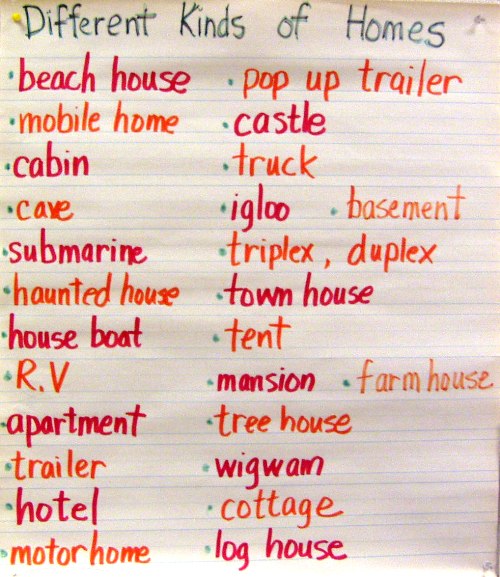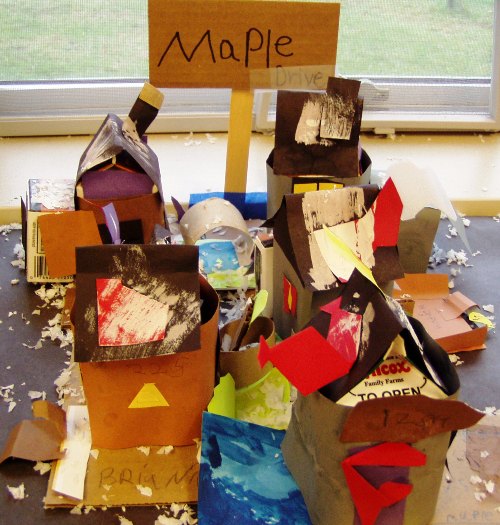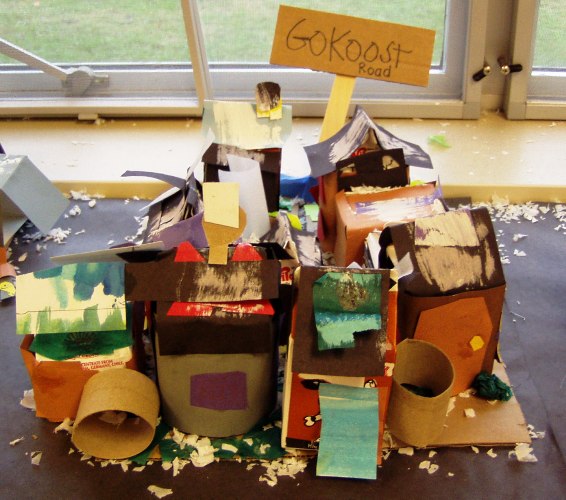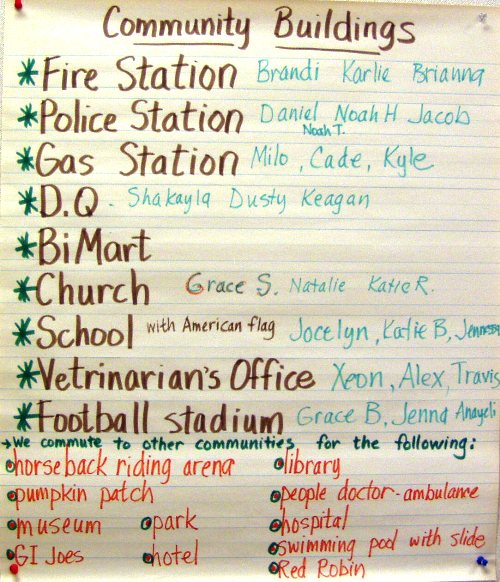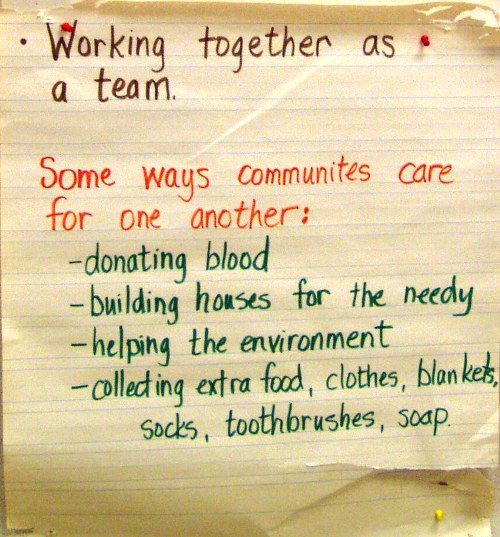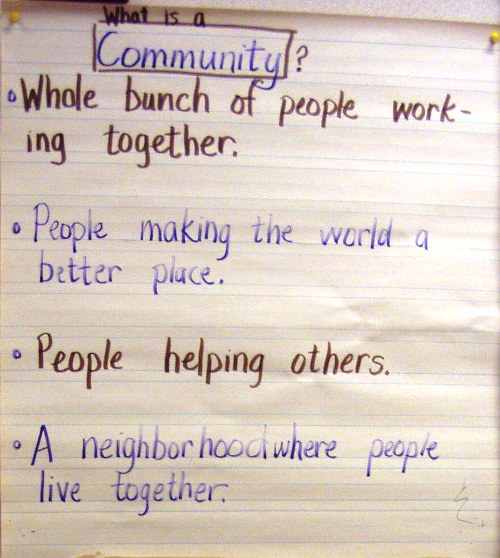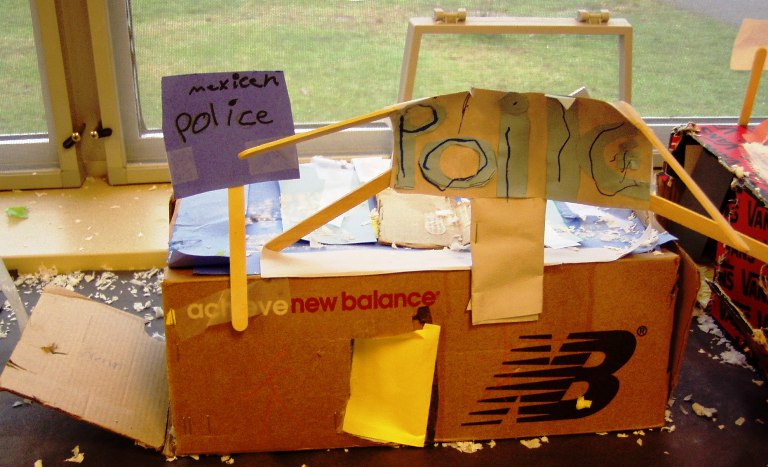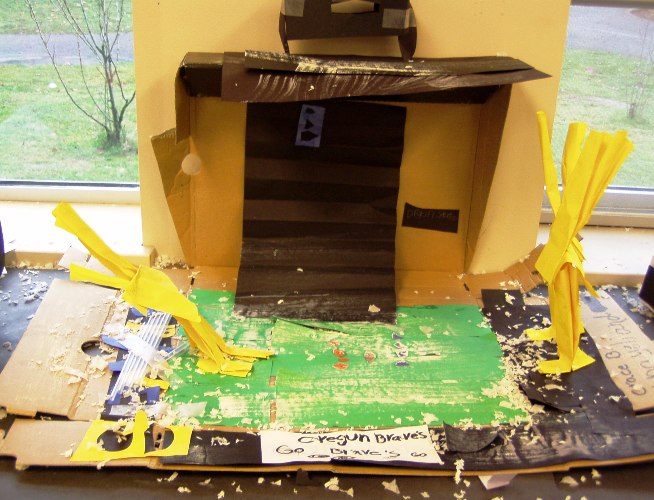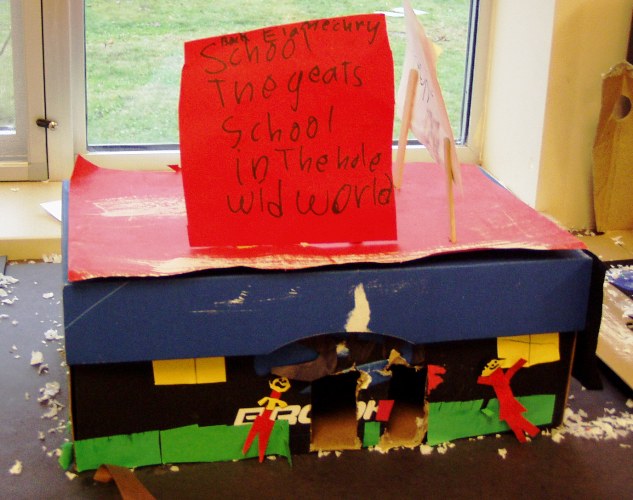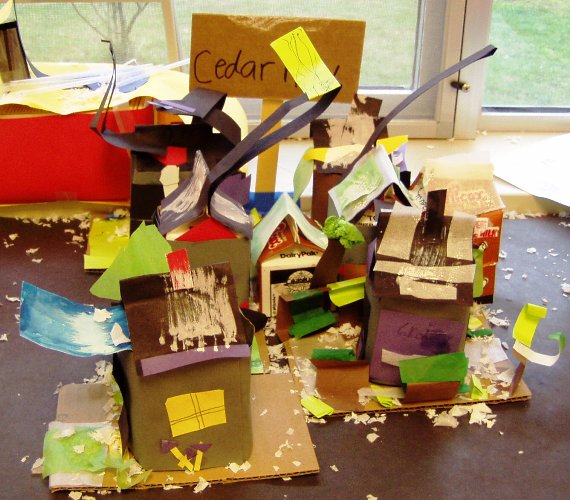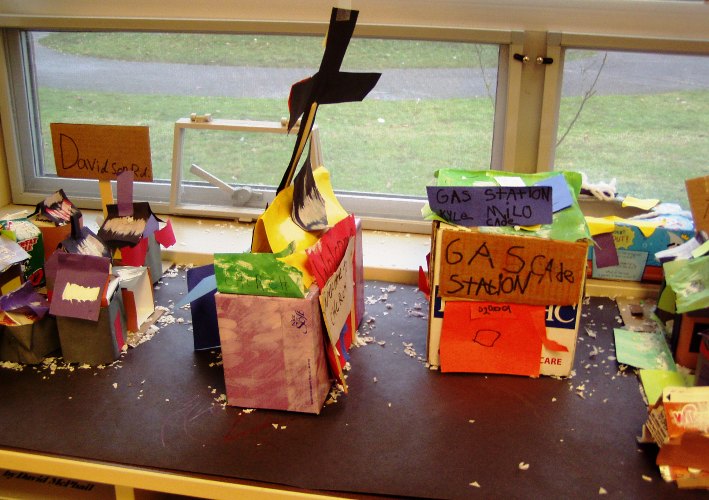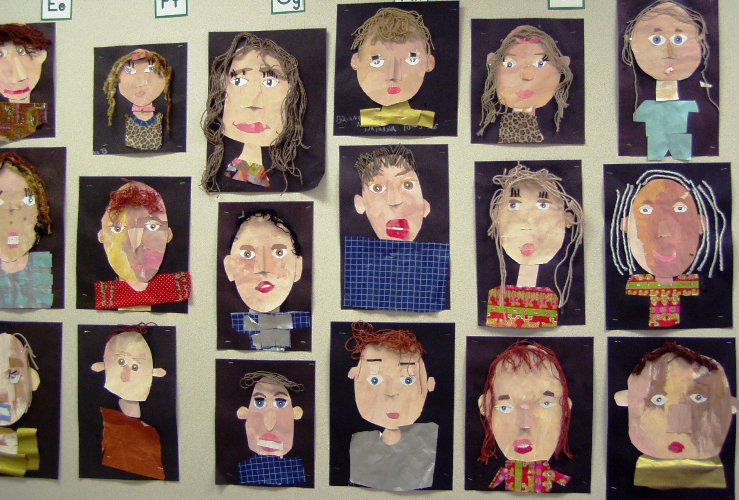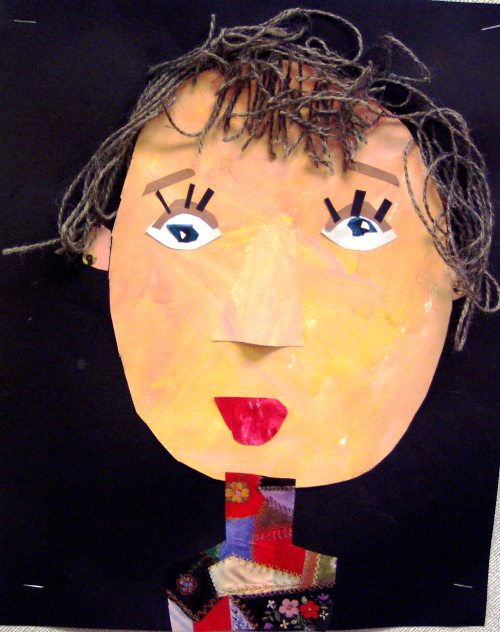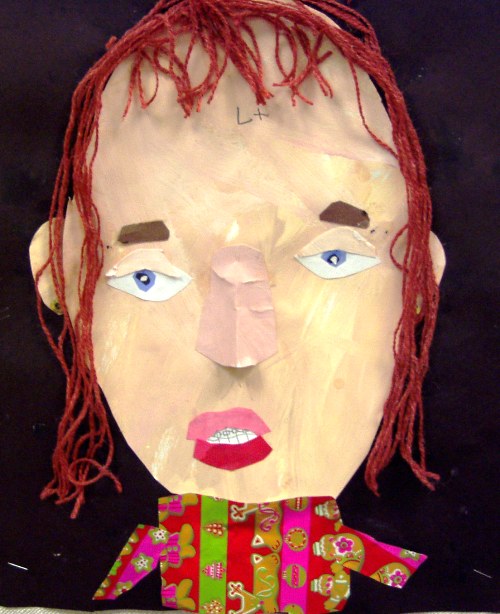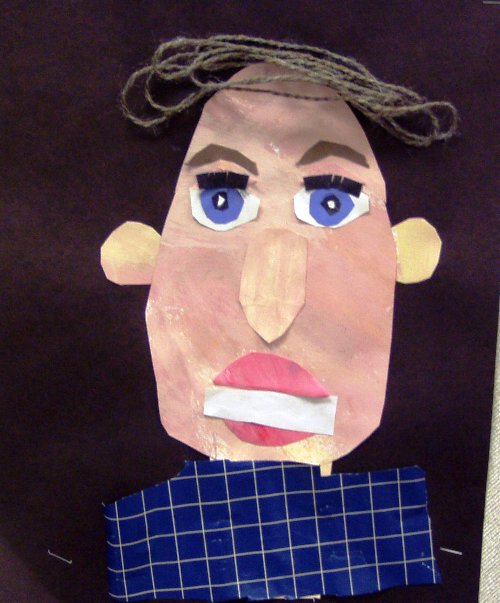In second grade, students can expand their concept of community by thinking about what makes up a city. This second grade class in Banks, OR used the Scottish Storyline method to build their own community. True to the Scottish Storyline method, this is a long term project that consists of a setting, characters and events.
As a class, students discussed and defined the following:
- What is a community
- What it means to be part of a community
- Types of buildings in a community
- Types of homes
These charts are put up around the room so students can refer to them as they begin to build their own community.
Students build a 3-D representation of their community. This includes building houses, all the buildings in the community, the streets, and determining the layout of their town. Students decide everything that will be in the community and are then responsible for creating it.
Milk cartons can be used as the frame for each house and building. Students cover these with construction paper and add roofs, windows, doors, and front porches. Their creativity really comes through as they realize that they want a trampoline or a pool or a tree in their backyard.
Part of this process is also to physically layout the streets. So students decide where they want to build their house and name the streets. As a group they have to come to consensus on these decisions and great questions and discussions come out of this process. For example, if Suzy builds her house and then Bobby comes along and builds his house right in front of hers, Suzy realizes this isn't going to work because her driveway is now blocked and she can't get her car out. So then Suzy and Bobby have to decide what will work better for both of them.
From Mrs. Blitz, Mrs. McOmie and Mrs. Freeman's 2nd grade classrooms in Banks, OR.
"A place with friends"
Then comes the process of creating the other buildings in the town. Again, students must build these and often they arise because of an event or a character's job or because of student's real-life experience. Notice the detail of these creations.
Each student is a character in their community and their "storyline." Again, students decide their age, race, culture and personality. Each character must also have a role in the community such as the grocery store owner or a teacher. If a student decides to be a Veterinarian, and a clinic does not exist, then that student realizes they must build the place where they work.
Through this process, events can occur in the community. For example, one morning when students come into class, they see that it has snowed in their town (sprinkle fake snow over the streets and the houses). This is an exciting event in their town and creates real-life problems for them to solve such as:
- How will you get to work today?
- Will school be open?
- Do you have to wear different clothes to be outside in this kind of weather?
- Whose job is it to plow the streets?
The students have to come up with solutions to these problems and work together as a class to decide how to best solve the issue.
This is a fun project for students and teachers. It engages the students in a long-term project (anywhere from 1-2 months) and can be integrated into language arts, math, expressive arts, and science. It promotes higher-level thinking in the students as they create a community, solve problems and collaborate with one another. It also directly ties their own experiences in with a project so it is meaningful and authentic.
At Banks Elementary, all of the second grade teachers work together and do this project in their rooms. The collaboration between teachers demonstrates the real-life community of teachers sharing ideas and projects with one another and shows students how adults might work together.

